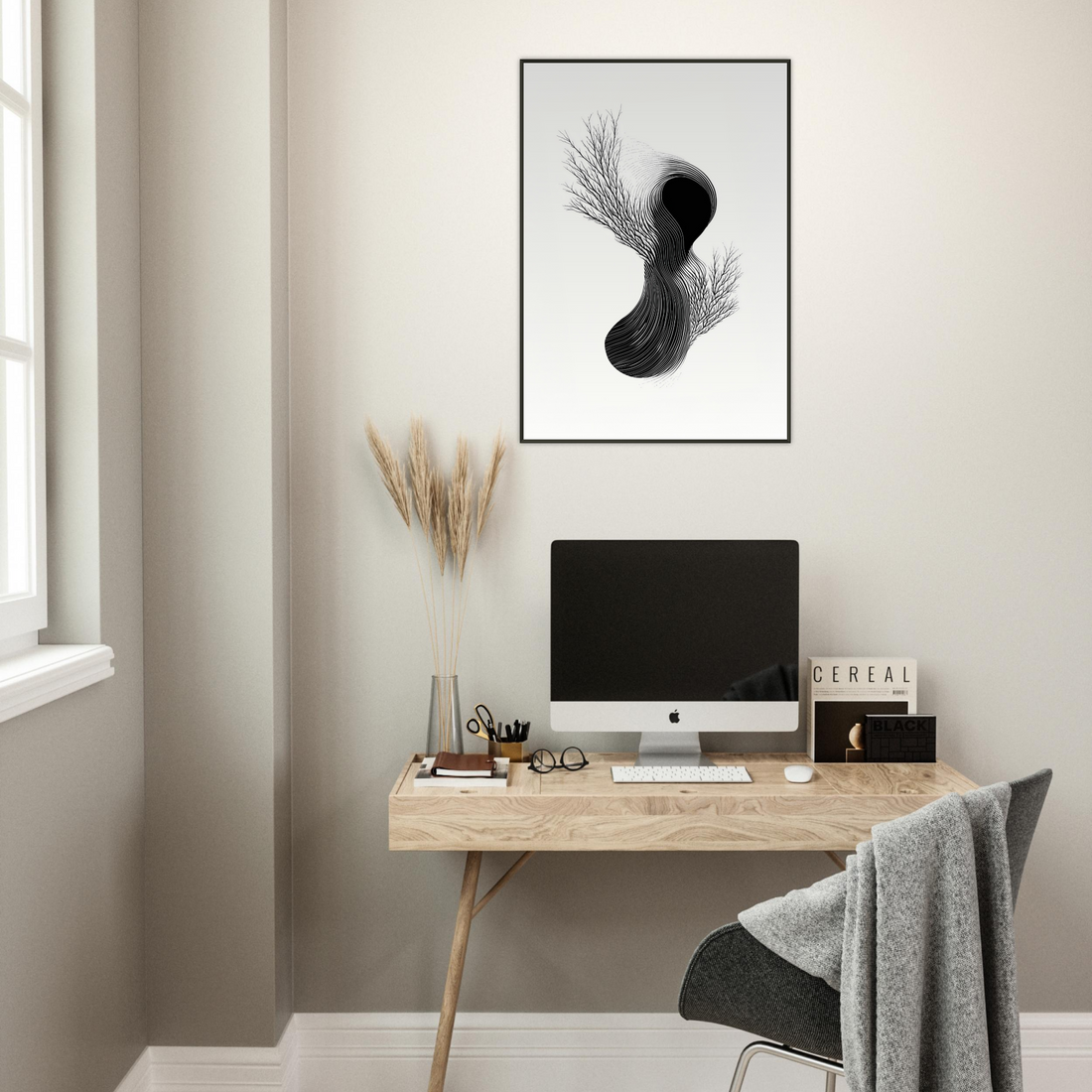
The Art of Serendipity: How Unexpected Creativity Transforms Spaces
Share
In a world obsessed with meticulous planning and perfection, some of the most inspiring art and design come from serendipity—those happy accidents that lead to unexpectedly beautiful results. From abstract expressionism to modern interior design, the power of the unexpected plays a crucial role in how we experience creativity.
The Beauty of Unplanned Art
Many renowned artists have embraced spontaneity in their work, allowing mistakes and chance occurrences to shape their final pieces. Jackson Pollock, for instance, revolutionized painting with his drip techniques, where gravity and movement played as much of a role as his brush. Learn more about Pollock’s unique approach here.
Wabi-Sabi: The Philosophy of Imperfection
In Japanese culture, the concept of wabi-sabi celebrates imperfection, transience, and the beauty of the incomplete. This philosophy extends beyond traditional art into interior design, where natural materials, asymmetry, and raw textures create spaces that feel organic and alive. Explore the principles of wabi-sabi here.
Happy Accidents in Interior Design
Many of the most stunning interior designs stem from accidental discoveries—an unexpected color contrast, a mismatched furniture piece that somehow works, or an old architectural feature uncovered during renovations. Designers often find that allowing room for spontaneity leads to more dynamic, lived-in spaces. Read about how designers embrace unpredictability.
Incorporating Serendipity Into Your Space
If you want to embrace creative spontaneity in your home, try these approaches:
-
Embrace asymmetry: Not everything has to match perfectly. Experiment with layering textures and patterns.
-
Let materials speak: Raw wood, unfinished edges, and naturally aged elements add character.
-
Accept change: Rearrange your space based on how you feel, rather than sticking to rigid layouts.
-
DIY with an open mind: Some of the best projects evolve from initial mistakes.
Conclusion
Serendipity in art and design teaches us that beauty often lies in the unexpected. By allowing room for creativity, embracing imperfections, and welcoming change, we open ourselves to a world of unique artistic expression.
